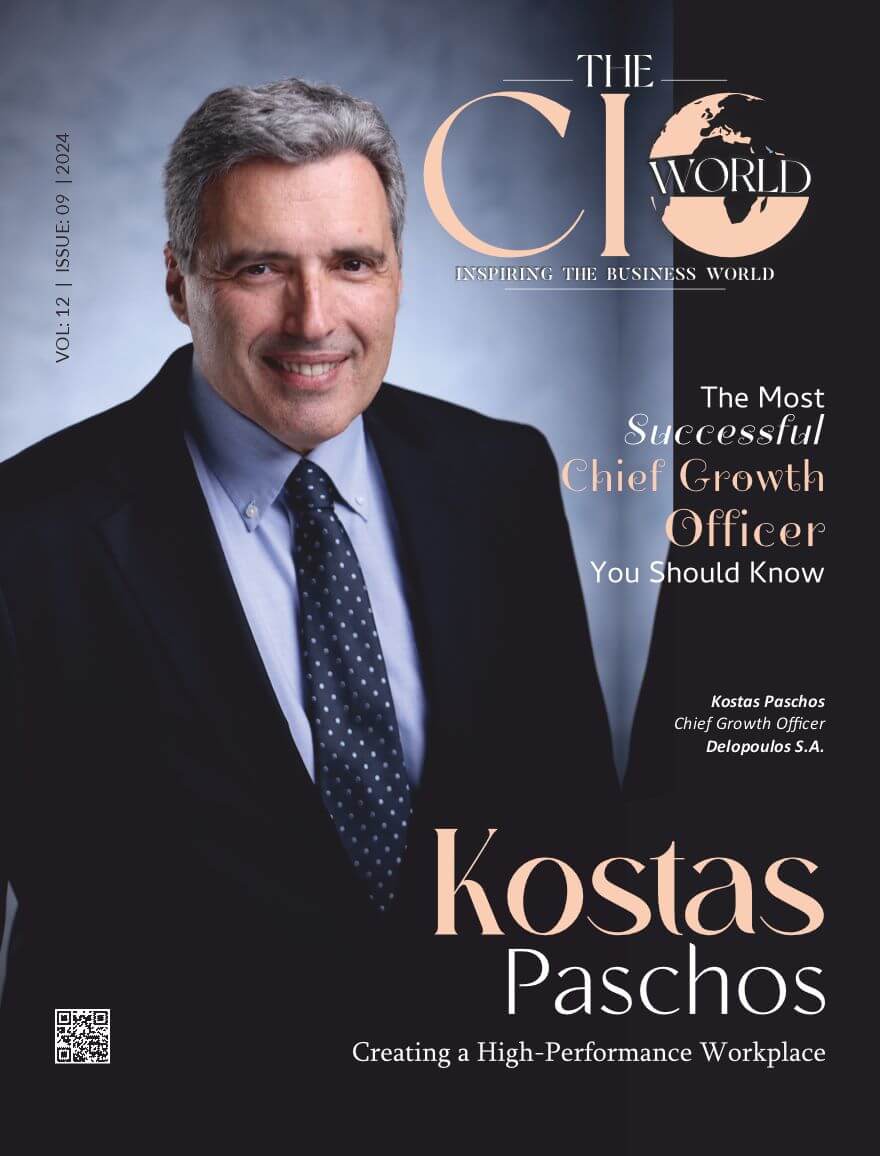Prime Highlights:
The automaker aims to reverse years of declining sales in the U.S., its largest market.
Stellantis is restructured with a revamped leadership team and is strengthening ties with dealers through incentives and new product offerings.
Stellantis’ U.S. market share has fallen from 12.6% in 2019 to 9.6% in 2023, continuing a downward trend since the merger of Fiat Chrysler and PSA Groupe.
Key Background:
Stellantis, the multinational automaker formed by the merger of Fiat Chrysler and PSA Groupe, has outlined its primary objective for 2025: reversing years of declining sales and market share in the U.S. This ambitious goal aims to restore the company’s position in its most important and competitive market. Antonio Filosa, head of Stellantis North American operations since October, emphasized the company’s focus on growing U.S. retail sales and market share through a revitalized leadership team, improved relations with dealers, and the launch of new products.
Stellantis has faced persistent challenges in the U.S. market, with sales across its brands declining annually since 2018. From a market share of 12.6% in 2019, Stellantis’ share dropped to 9.6% by 2023. These figures include the combined performance of Fiat Chrysler and PSA Groupe before their merger. Filosa acknowledged the company’s struggles, admitting that Stellantis has made “many mistakes” in recent years, including underestimating the importance of the North American market.
To address these challenges, Stellantis is recalibrating its approach by offering additional incentives to dealers, enhancing dealer relationships, and refining its product lineup. “U.S. retail market share is our main priority,” said Filosa during a media roundtable at the Detroit Auto Show. The company’s U.S. auto brands, such as Jeep and Ram, have been hit hard by these declines, with Jeep and Ram sales taking the brunt of the downturn in recent years. Bob Broderdorf, head of Jeep North America, emphasized the brand’s aggressive strategies, highlighting a significant shift in the company’s direction over the past six months.
Tim Kuniskis, CEO of Ram, also acknowledged the difficulties, especially in light of delays with the redesigned Ram 1500 pickup trucks. However, he remains optimistic about the future, expressing confidence in the brand’s recovery.
Filosa further noted that Stellantis is preparing for potential changes in U.S. regulations under the incoming Trump administration, which could impact electric vehicle incentives and trade tariffs affecting Canada and Mexico, key partners for Stellantis. The company is exploring contingency plans that may include expanding U.S. operations. As Stellantis navigates these hurdles, its success will depend on the ability to adapt to shifting market dynamics and customer preferences while strengthening its competitive position in the North American automotive landscape.







